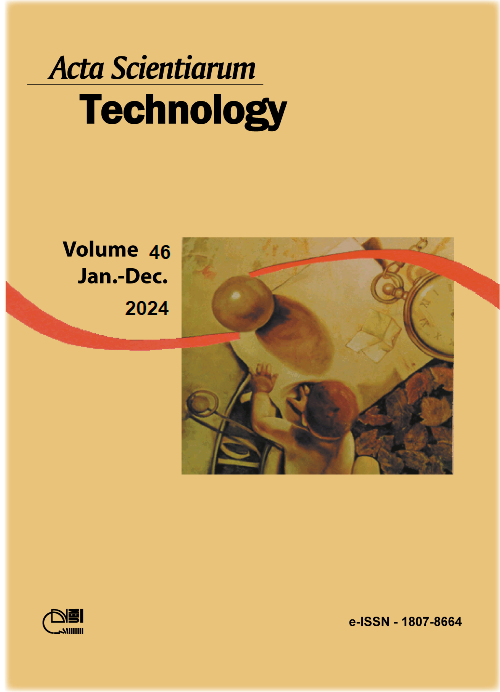Critical review of the environmental management of a DNAPL contaminated site in Resende, Rio de Janeiro, Brazil
DOI:
https://doi.org/10.4025/actascitechnol.v46i1.64564Palavras-chave:
contaminated areas; DNAPL; environmental investigation; conceptual site model; high-resolution site characterization techniques.Resumo
The current nonconformity of most Brazilian states regarding the environmental guidelines established by the Conama 420 resolution makes clear that there are still many challenges to be faced on the management field of contaminated sites. The analysis of a factual remediation operation in an industrial site in the city of Resende, Rio de Janeiro state, show that traditional site investigation techniques are still being applied as main tools of characterization, data collection and decision-making in the management of the area. The site has had its investigation start in the late 90´s through multiple soil sampling and monitoring wells installation, pointing DNAPLs (dense non-aqueous phase liquids) among the chemicals of interest. The industrial site has undergone remediation for over 10 years now and has not been closed yet. More recently, the efficiency reduction of the primary remediation system, a dual-phase extraction system with over 50 installed wells, led to the implementation of in-situ stimulated bioremediation. Performance reports show lower efficiency than expected, hinting that a lackluster CSM (conceptual site model) might be leading to poor decision making. Despite being adequate remediation techniques, previous efforts and literature indicate that the site must undergo new investigation steps employing high-resolution site characterization (HRSC) techniques such as the MIP (membrane interface probe), allowing the refinement of the current CSM and the optimization of current remediation efforts.
Downloads
Downloads
Publicado
Como Citar
Edição
Seção
Licença
DECLARAÇíO DE ORIGINALIDADE E DIREITOS AUTORAIS
Declaro que o presente artigo é original, não tendo sido submetido í publicação em qualquer outro periódico nacional ou internacional, quer seja em parte ou em sua totalidade.
Os direitos autorais pertencem exclusivamente aos autores. Os direitos de licenciamento utilizados pelo periódico é a licença Creative Commons Attribution 4.0 (CC BY 4.0): são permitidos o compartilhamento (cópia e distribuição do material em qualqer meio ou formato) e adaptação (remix, transformação e criação de material a partir do conteúdo assim licenciado para quaisquer fins, inclusive comerciais.
Recomenda-se a leitura desse link para maiores informações sobre o tema: fornecimento de créditos e referências de forma correta, entre outros detalhes cruciais para uso adequado do material licenciado.















